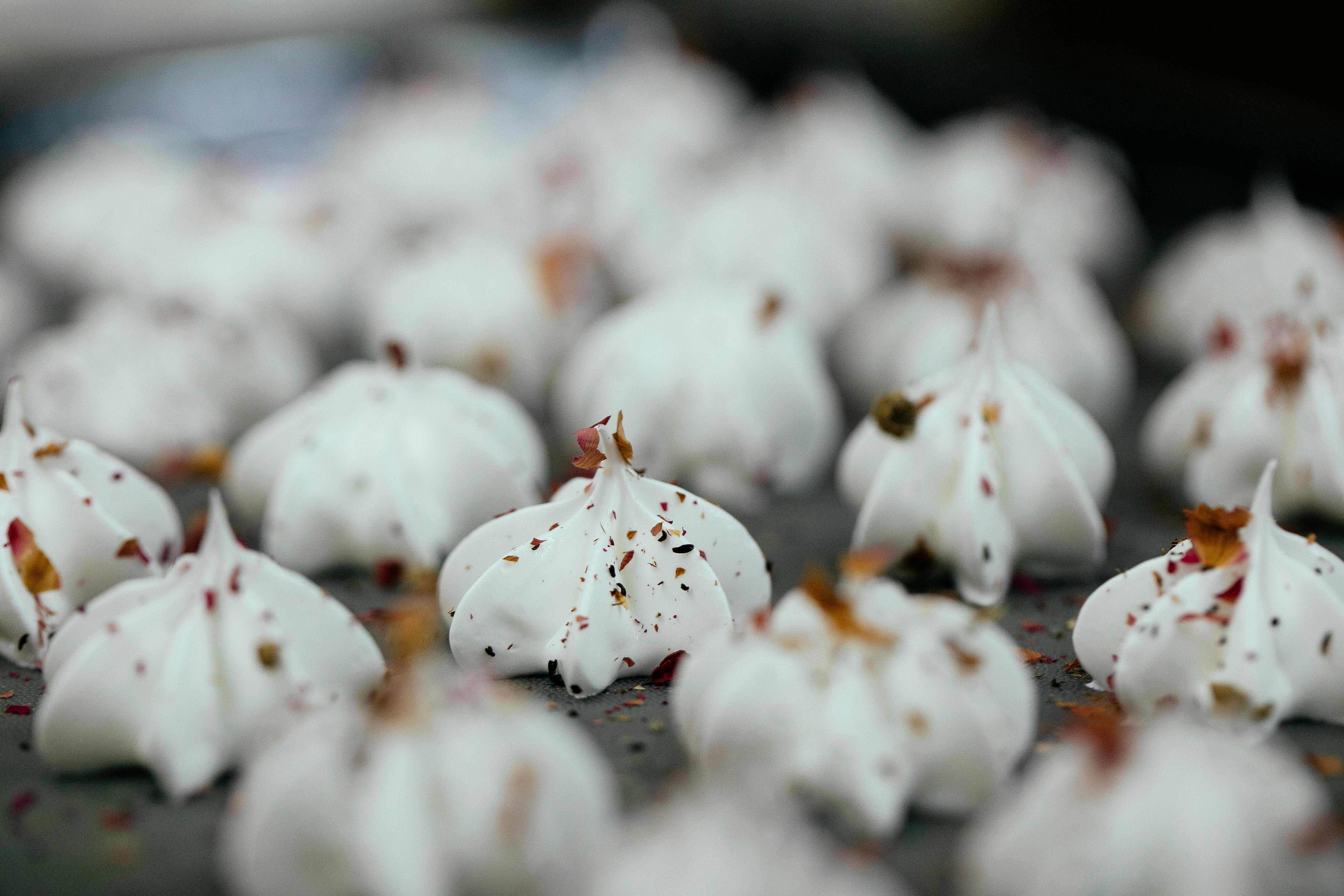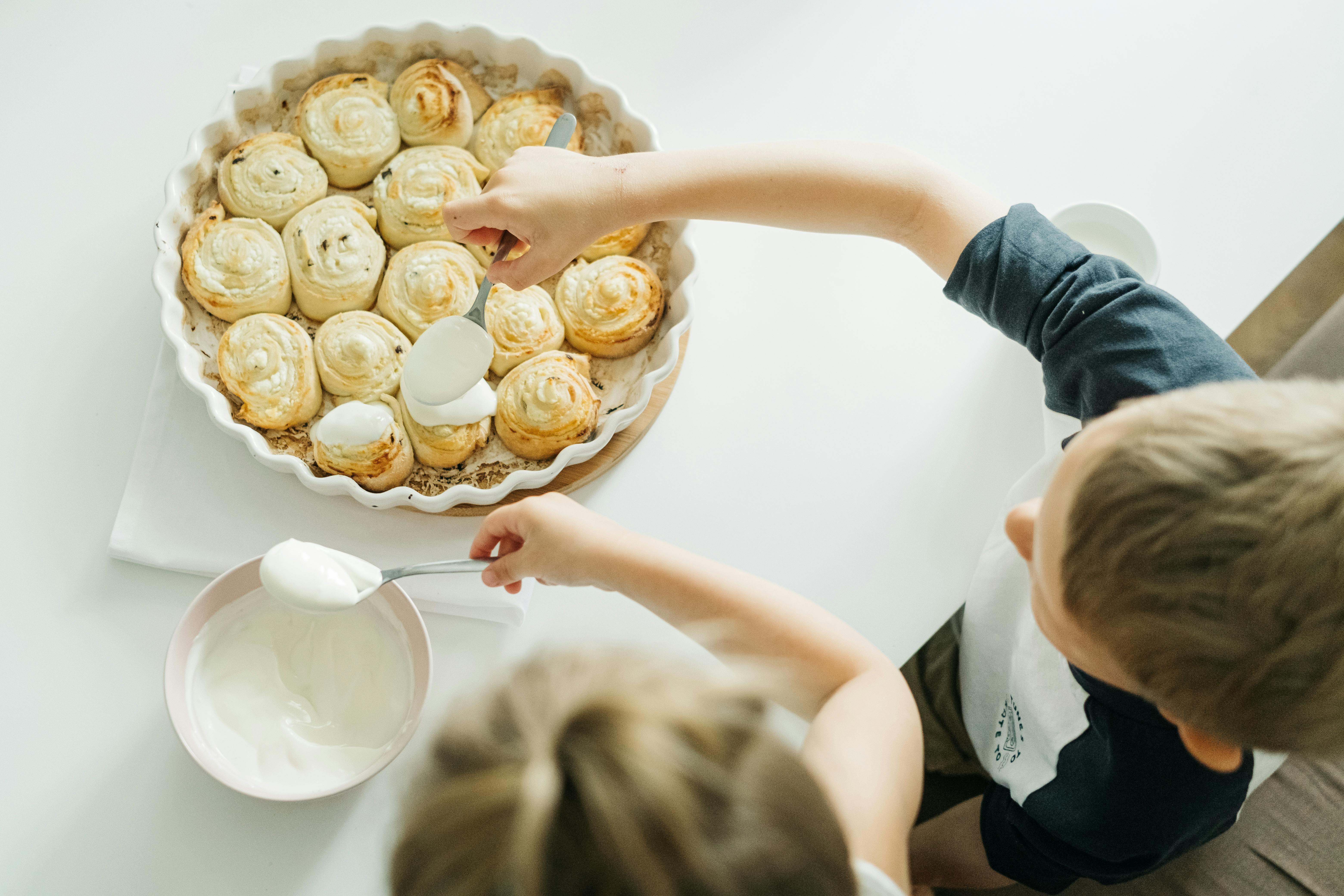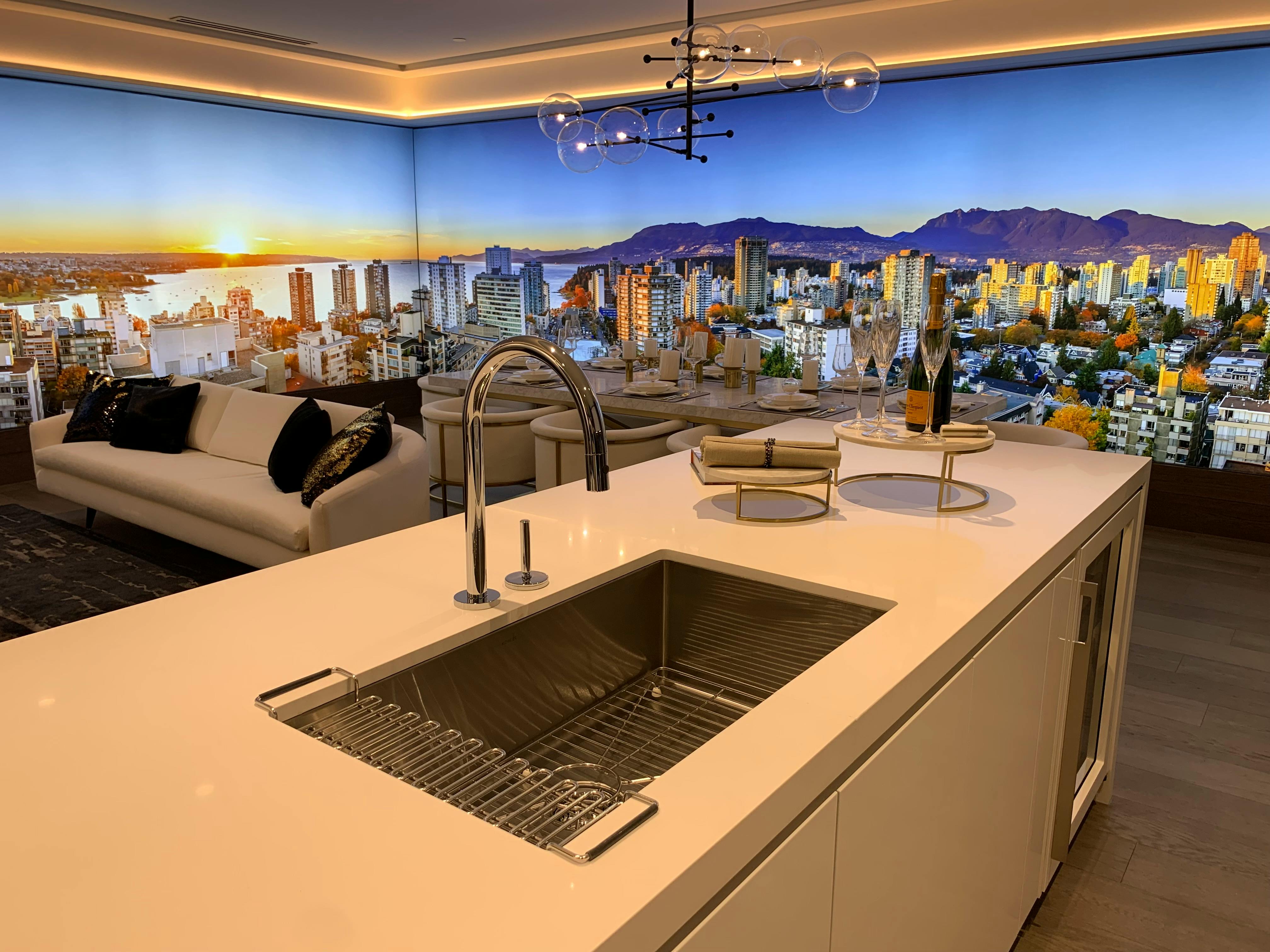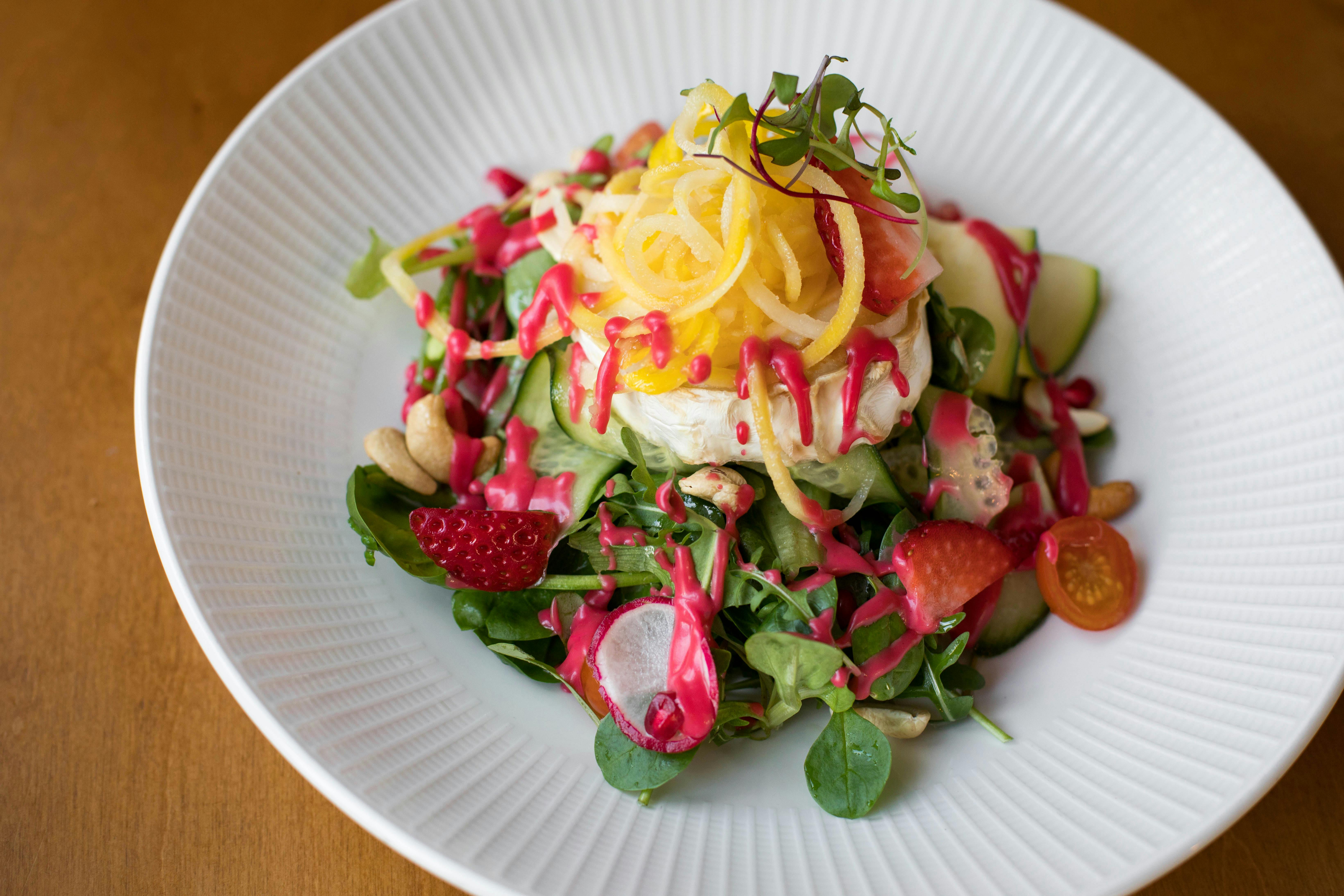In its simplest definition, a ‘solid surface’ is one that has identical color and texture all the way through, so if you, say, cut it into a cross-section, the revealed surfaces will always be identical. Now it really refers to the faux stone that is becoming more and more common in our kitchens, bathrooms, and anywhere that needs a hard-wearing, easy-to-clean surface.
The first of these ‘solid surfaces’ was created by Dupont in 1967. Labeled ‘Corian’, it quickly attracted admirers from the kitchen and interior design industry. Very tough, completely waterproof, and with a few extra features (which I’ll get to in a moment), that’s made it a very hard option to ignore for a variety of applications. Of course, it has also caught the attention of rivals and there are now several “flavors” of solid surface materials for kitchen designers (and, indeed, the public) to choose from. For example, Hi-Macs from LG, which have subtly different characteristics: when choosing a worktop, it may be worth doing a little research into the relative advantages of each material.
Essentially, these solid surfaces are made up of a mineral, aluminum trihydrate, and small amounts of other pigments, texturizers, and adhesive polymers. Many of the Avonite Colors and Hi-Macs Volcanic colors also contain polyester to increase finish depth and transparency. It is the ratio of these different elements and the types of bonding resin used that gives each solid surface its own ‘flavour’. It really is a synthetic stone, a completely man-made material, and it offers some really interesting qualities.
For example, the base mineral together with the bonding polymer is non-porous, it simply does not absorb water, and that makes it an excellent material for the kitchen and bathroom, which are frequently humid environments and where a high level of cleanliness is required. . It is desirable.
Also, because it is chemically manufactured, it can be virtually any color or pattern, and these colors have a very long life cycle. There is no reason to suggest that the same color will not be manufactured in 30 years.
Another trick up its sleeve is that at very high temperatures it melts, allowing almost any shape to be molded, which has attracted the interest of experimental interior designers attracted by the versatility, strength and durability of these materials. For example, with Corian, you can even get slightly translucent ‘flavors’, for a very interesting and futuristic look.
My feeling is that we have only just begun to take advantage of the possibilities inherent in this material, and that it will most likely become a much more common material in our homes and offices, especially with prices rising and availability declining. of tropical hardwoods.




Recent Comments